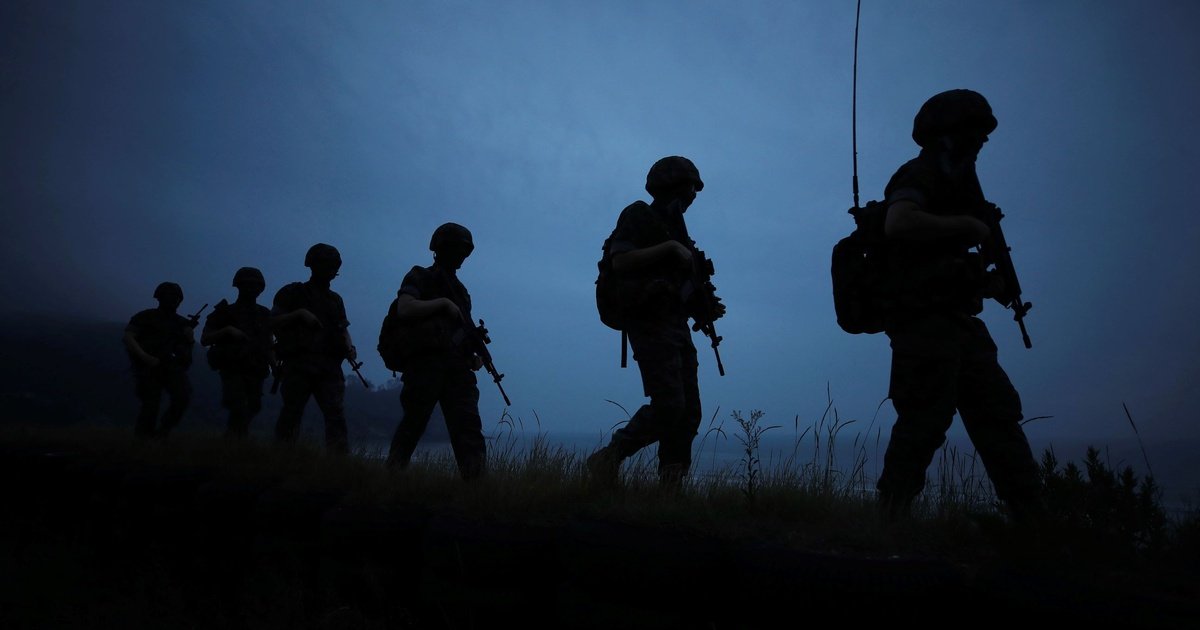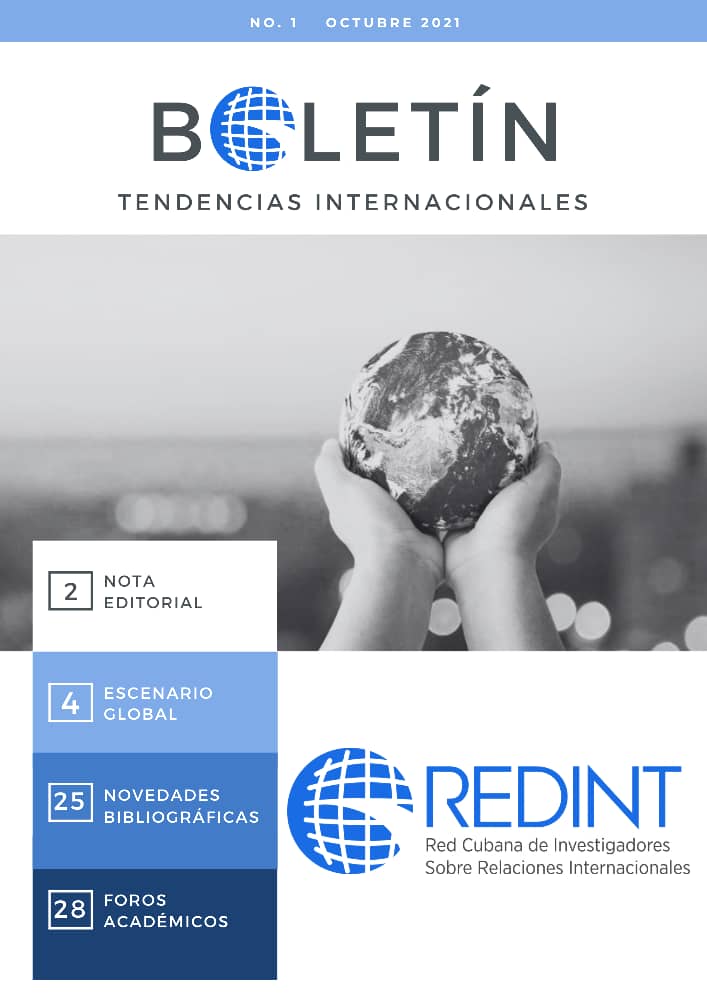Conflicts to Watch in 2022
The survey finds an alarming trend: severe food shortages, diminished foreign aid, political instability, and deteriorating economic conditions are accelerating humanitarian and refugee crises around the world
Council on Foreign Relations
The Joe Biden administration is confronting several acute humanitarian crises this year amid growing tensions with China, Iran, and Russia, according to the Council on Foreign Relations’ (CFR) fourteenth annual Preventive Priorities Survey. The survey finds an alarming trend: severe food shortages, diminished foreign aid, political instability, and deteriorating economic conditions are accelerating humanitarian and refugee crises around the world.
Conducted by CFR’s Center for Preventive Action (CPA) in November, the survey asks foreign policy experts to evaluate thirty ongoing or potential violent conflicts based on their likelihood of occurring or escalating this year, as well as their possible impact on U.S. interests.
The human cost of these conflicts has U.S. foreign policy experts worried that the United States will have to respond to a vexing mix of humanitarian crises in places as diverse as Afghanistan, Haiti, Lebanon, and Venezuela in the coming year. At the same time, the United States will need to manage the risk of heightened tensions with Russia over Ukraine, intensifying pressure from China toward Taiwan that could lead to a cross-strait crisis, and a potential confrontation between Iran and Israel concerning Iran’s nuclear program.
For the first time since the survey was launched in 2008, a mass-casualty terrorist attack on the United States by a foreign terrorist organization is no longer judged to be a priority. However, the dangers posed by North Korea’s nuclear program—which was the top threat in 2021—and the possibility of a highly disruptive cyberattack on U.S. critical infrastructure remain concerns for 2022.
“From humanitarian crises to potential great power confrontations, the Biden administration will likely be confronted with an acutely demanding set of foreign policy challenges in 2022. Getting the balance right between managing the ‘urgent’ without neglecting the ‘important’ will require not only clear thinking but also tough choices,” said Paul B. Stares, CPA director and General John W. Vessey senior fellow for conflict prevention.
In total, ten contingencies are considered top-tier risks:
Likelihood: High; Impact: Moderate
- A worsening humanitarian crisis in Afghanistan caused by acute food shortages, continuing political instability, and diminished foreign assistance, leading to a mass exodus of refugees
- Growing political upheaval and deteriorating public security in Haiti, leading to a worsening humanitarian crisis and a mass exodus of refugees
- Growing political instability and social unrest in Lebanon, leading to the collapse of state institutions and increasing sectarian violence
- Continuing deterioration of social and economic conditions in Venezuela, leading to further political strife and increasing migration outflows
Likelihood: Moderate; Impact: High
- Intensifying coercive pressure by China toward Taiwan, leading to a major cross-strait crisis involving the United States and/or other countries in the region
- A military confrontation between Iran and Israel over Iran’s nuclear program and continued support for militant groups in neighboring countries
- Surging armed competition among criminal organizations in Mexico, resulting in increased civilian casualties, growing political corruption, and a surge in refugees and asylum-seekers
- The resumption of North Korea’s long-range ballistic missile testing and/or nuclear weapons development, triggering a renewed crisis on the Korean Peninsula
- Increased fighting in eastern Ukraine or a major military clash in contested areas, reigniting heightened tensions with Russia
- A highly disruptive cyberattack on U.S. critical infrastructure by a state or state-supported group
Source: https://cdn.cfr.org/sites/default/files/report_pdf/PPS2022.pdf





Déjanos tu comentario